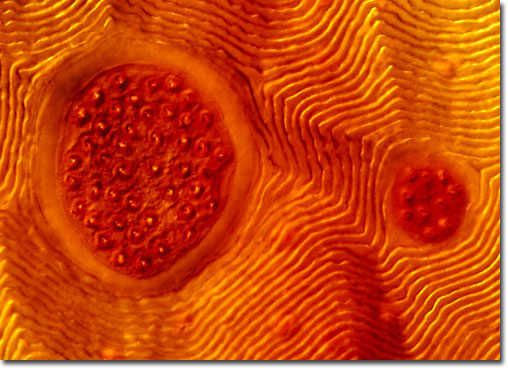|
In its larval and nymph forms, the Rocky Mountain spotted wood tick feeds on small rodents from which it may become infected with Rickettsia rickettsii. The bacteria can then be passed on to larger creatures, such as humans, that the tick feeds upon in its adult stage, resulting in the spread of Rocky Mountain spotted fever. Symptoms of the disease typically include a red rash and a fever, but may lead to paralysis, deafness, gangrene, or even death in less than a week. Early treatment with antibiotics greatly decreases the possibility of the disease’s most serious consequences.
|
